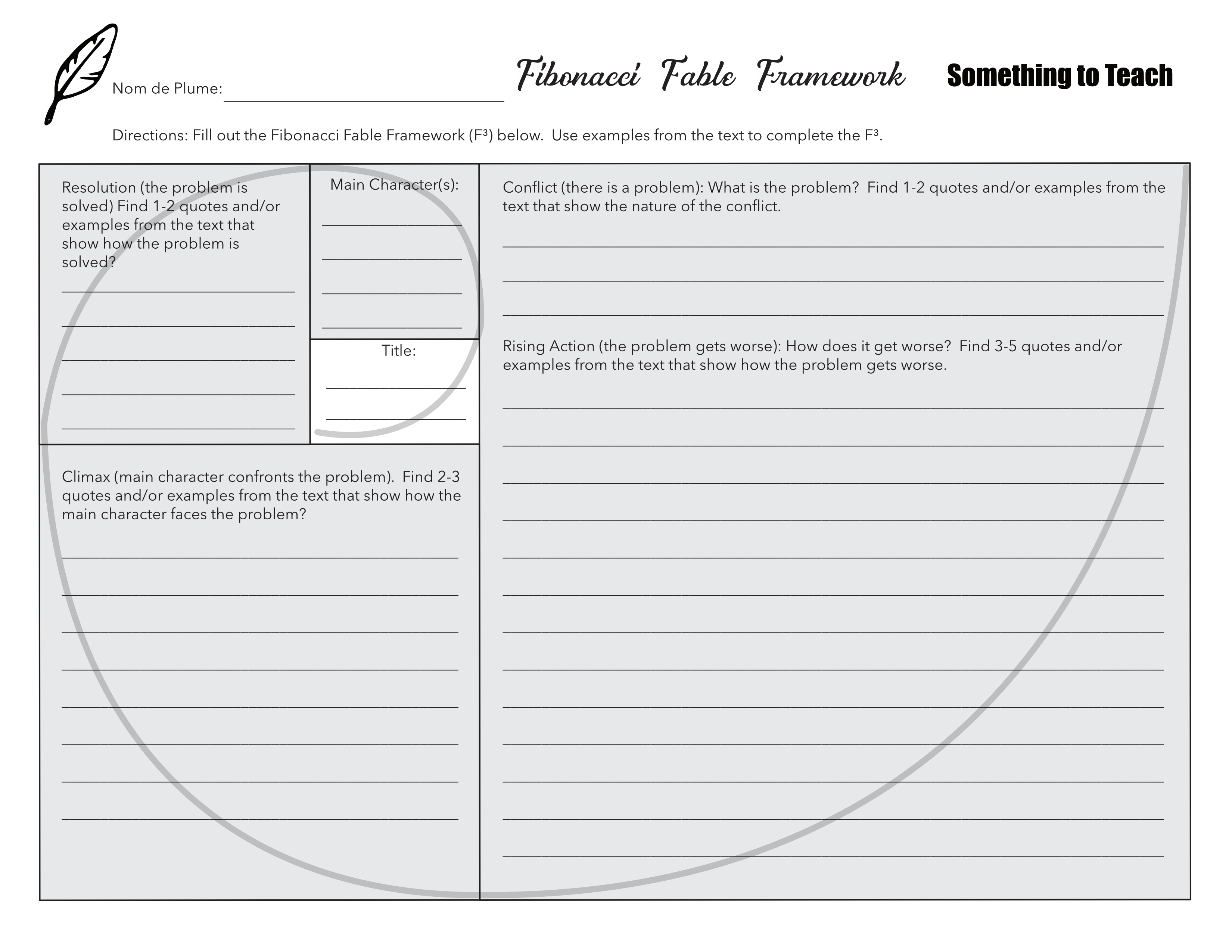
Why read stories about the French Revolution?
From Bastille Day to the execution of a king, the French Revolution is a study in bloodshed in the name of a Cause. The most important lesson to be learned is that no cause is worth the sacrifice of one’s humanity.
To purchase your digital copy (PDF) of Liberté, Égalité, Fraternité, click on the buy button below.
There are several components to Liberté, Égalité, Fraternité. The components are as follows:
1. Pre-Reading Questions (and answers)
2. Short Story (text)
3. Postscript: this consists of one or more thinking/writing prompts. No formal answers are given for the Postscript.
4. The Craft of Writing: students examine the various elements of plot structure for each short story. See below for more information.
For each component, you can approach the work in whatever way is most convenient and/or agreeable to you. For example, for the Pre-Reading Questions, you can download and print the PDF of the Pre-Reading questions, and then write your answers on the printed page, or you can download and view the questions on-screen and write your answers to the questions in your writing notebook. Remember to use complete sentences.
For each story, there are several ways that you can interact with the text. You can read the short story on your screen, or you can download and print the short story and then read the hard copy. My recommendation is to print a copy of the story so that you can underline important passages as you read.
The Post-Reading Questions can be answered in your writing notebook, or you can copy and paste the questions into a document and write your answers therein.
The Craft of Writing
Short stories should make sense. Good writers provide structure to their tales. This structure helps readers to better understand the theme/main idea of the short story. Use the Fibonacci Fable Framework (downloadable PDF) to show the structure of the short story by citing passages from the text. You should be able to identify the conflict, rising action, climax, and resolution.
Use the blank copy provided or write your answers in your writing notebook.
Note: It is not necessary to write complete sentences. Identify the passages by writing down the line number (to the left of the text) and the first few words of the sentence(s).
With respect to the Craft of Writing, you need to understand how I want you to read these stories. I never read a story a single time. Ever. Especially if I’m going to have to do some academic task with the tale. I will read something three or four (or more) times. Always. Here is a link to an article on reading: How to Read a Short Story.
Something to Teach: Liberté, Égalité, Fraternité contains the following stories:
A Delicious Moment
The River
The List
September 1792
The Song
__________
Title: A Delicious Moment
Idea Worth Teaching: Humanity
Word Count: 525 words
Reading Level: secondary
Genre: historical fiction
Summary: Based upon true events, this short story provides a fictional account of one of the bloodier episodes during the Reign of Terror (French Revolution).
Title: The River
Idea Worth Teaching: Humanity
Word Count: 633 words
Reading Level: secondary
Genre: historical fiction
Summary: France is held in the throes of the Terror. In Paris, victims lose their heads to the guillotine. In other parts of the country, a more terrible fate awaits.
Title: The List
Idea Worth Teaching: Justice
Word Count: 485 words
Reading Level: secondary
Genre: historical fiction
Summary: No one is safe during the Reign of Terror. Not even the innocent. A young woman is brought before a revolutionary tribunal to face…justice?
Title: September 1792
Idea Worth Teaching: Freedom
Word Count: 588 words
Reading Level: secondary
Genre: historical fiction
Summary: One man faces judge, jury, and executioner during the French Revolution. Will the truth set him free?
Title: The Song
Idea Worth Teaching: Humanity
Word Count: 680 words
Reading Level: secondary
Genre: historical fiction
Summary: A mother and her young son are caught on the violent streets of Paris. Faced with a blood-thirsty mob, what will save them?
You should be familiar with the various parts of plot structure. Look at the picture below for a representation of the different parts.

For each short story, students should complete the Fibonacci Fable Framework (F3) using examples from the text. See below for what the PDF looks like and/or download a blank copy.
